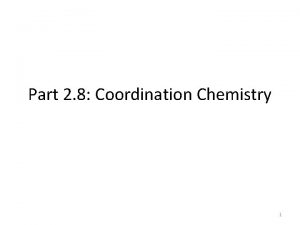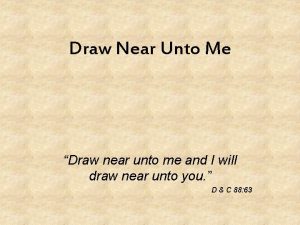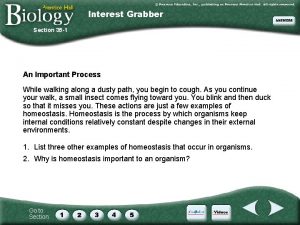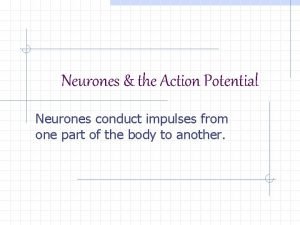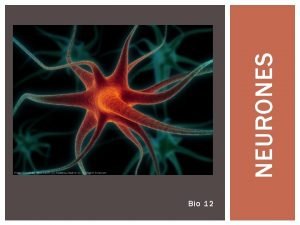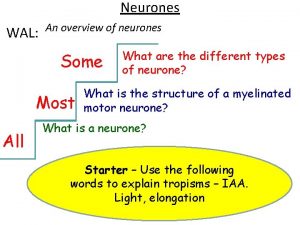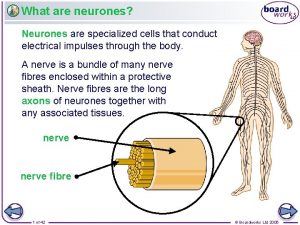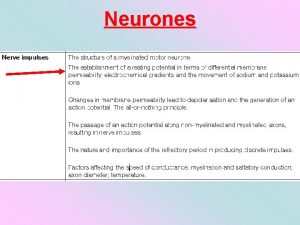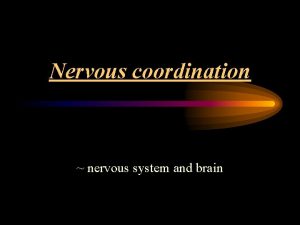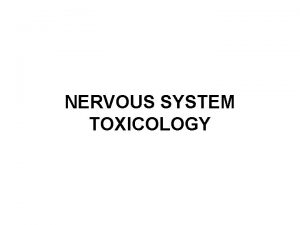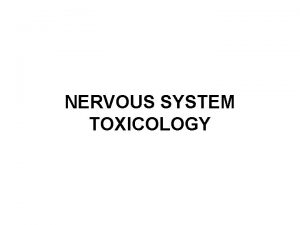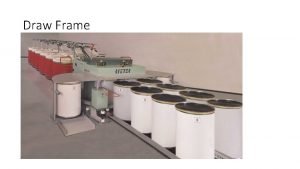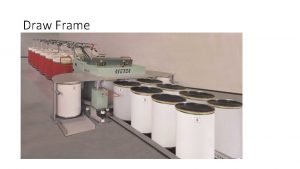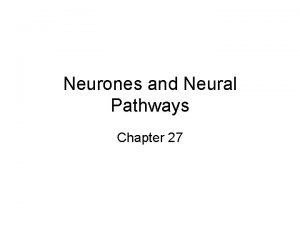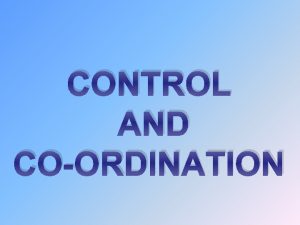Neurones and Nervous coordination Draw an outline of














- Slides: 14

Neurones and Nervous coordination Draw an outline of the human body on the A 3 sheet of paper • In one colour draw and label as many parts of the nervous system as you can • In another colour draw and label as many parts of the endocrine (hormonal) system as you can • What is the function of these systems?

Nervous and Endocrine Systems

Neurones and Nervous coordination 1. What is the difference between the PNS and the CNS? 2. What’s the difference between a nerve and a neurone? 3. What is the difference between the nervous system and the endocrine (hormone) system?

Principles of Coordination • Multicellular organisms have specialised cells • These cells perform different functions • These functions must be coordinated

Nervous and Endocrine System Both of these systems work together Nervous Endocrine Uses nervous impulses Uses chemicals (hormones) Transmitted along nerounes Transmitted in the blood Very fast Slow Travel to specific parts Travel all over the body (only acting on target cells) Localised response Widespread response Fast response Slow response Short-lived response Long lasting response Effects temporary and reversible Effects can be permanent and ireversable

Neurones • Specialised cells • Adapted to carry electrochemical changes (nerve impulses) from one part of the body to another

Types of Neurone • Sensory – transmit impulses from receptor to intermediate or motor neurone • Intermediate/relay - transmit impulses between neurones • Motor – transmit impulses from a intermediate neurone to an effector

Types of Neurone Dendrites Axon Nucleus Cell body Dendron Myelin sheath Node of Ranvier Axon Dendrites Dendron

Structure of neurones Cell body – nucleus and large amounts of RER associated with production of proteins and neurotransmitter. Dendrons (dendrites) – carry nerve impulses towards the cell body Axon – single long fibre that carries nerve impulses away from the cell body Schwann cells – surround axon by wrapping around many times, protecting it and providing electrical insulation. Phagocytosis and nerve regeneration.

Structure of neurones Myelin sheath – forms covering of axon and made of membranes of the Schwann cells. Rich in a lipid known as myelin. (Neurones can be myelinated or unmyelinated - myelinated transmit nerve impulses faster. ) Nodes of Ranvier – gaps between adjacent Schwann cells where there is no myelin sheath. Gaps 2 -3 um and occur every 1 -3 mm

Transverse section through an axon showing the myelin sheath


Answers 1. Dendrites get longer with age 2. Dendrites are fewer, shorter and less branched 3. After 10 years there will be (age 60): 2000 – (0. 05 x 2000) = 1900 After a further 10 years (age 70): 1900 – (0. 05 x 1900) = 1805 neurons remaining

Key word bingo! • Draw a 3 x 3 grid on your scrap paper • Use 9 words from the table below to put in your grid Schwann cell Cell body Axon Impulses Sensory Dendron Motor Endocrine system Intermediate Myelin sheath CNS Hormones Nodes of Ranvier Effector Receptor Specialised Cells
 Cytone
Cytone Neuronal pool
Neuronal pool Nervous
Nervous Processes of nerve cell
Processes of nerve cell Slidetodoc. com
Slidetodoc. com Parallelism coordination subordination division
Parallelism coordination subordination division Coordination outline
Coordination outline Ligand field strength order
Ligand field strength order Sentence outline example
Sentence outline example Draw near unto me and i will draw unto you
Draw near unto me and i will draw unto you How to draw use case diagram in draw.io
How to draw use case diagram in draw.io Nervous system and digestive system
Nervous system and digestive system Differences between nervous system and endocrine
Differences between nervous system and endocrine Section 35-5 drugs and the nervous system answer key
Section 35-5 drugs and the nervous system answer key Comparison of endocrine and nervous system
Comparison of endocrine and nervous system







